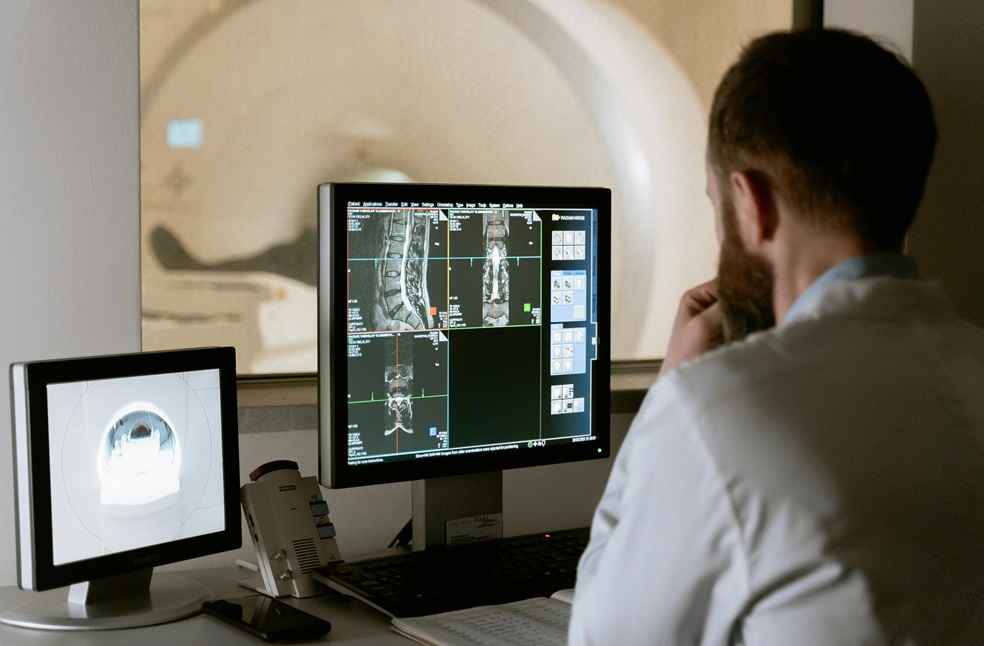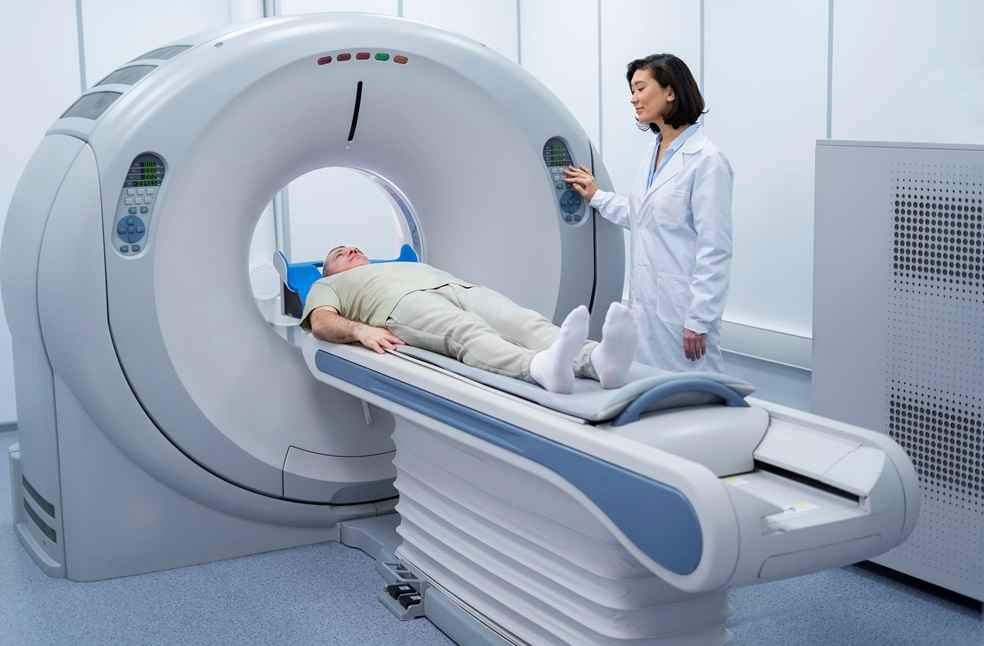United Kingdom: A new method of detecting and treating bowel cancer has been discovered by researchers in Glasgow, UK. Biopsies carry multiple health risks, such as infection, and are limited in what they can capture in the patient’s bowel.
Scientists functioning with Cancer Research UK (CRUK) uncovered that positron emission tomography (PET) imaging permits the complete bowel to be reviewed and tumours to be analysed while still inside the body, rather than examining the tissue after it is removed.
PET scans make a three-dimensional portrait of the inside of the body, and researchers assume that doing several scans during treatment could help observe the infection more effectively. Dr David Lewis, from the Cancer Research UK Scotland Institute and the University of Glasgow, led the research.

“Precision medicine has the potential to revolutionise cancer diagnosis and treatment. However, the development of accurate, informative and patient-friendly diagnostic techniques is crucial for its success. PET imaging offers a promising alternative, with the ability to survey the entire cancer landscape, allowing us to examine tumours in more detail while they are still growing,” Dr Lewis said.
The CRUK noted that every year in Scotland, approximately 4,000 individuals are diagnosed with bowel cancer, and nearly 1,800 individuals lose their lives due to the disease.

An analysis team utilised existing genetic data on bowel cancer to recognise various tumour characteristics using PET imaging. They were able to identify multiple distinct types of bowel cancer in mice based on their genes.
Dr Catherine Elliott, director of research at Cancer Research UK, stated that, “These findings by the team at the Cancer Research UK Scotland Institute and University of Glasgow offer an exciting opportunity to revolutionise the way we diagnose and monitor bowel cancer without invasive surgery, reducing the risk and improving outcomes for patients. PET imaging is a crucial tool in our future approach to diagnosing this disease, which affects so many people in Scotland.”



